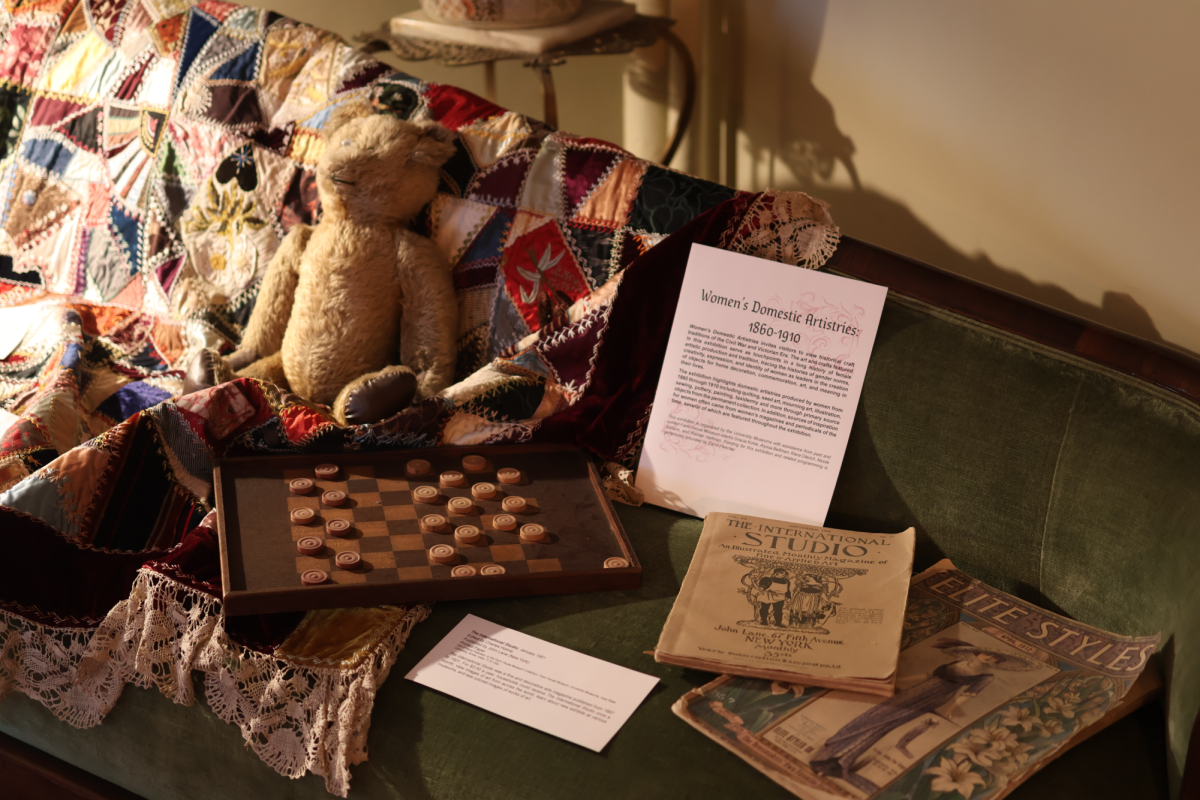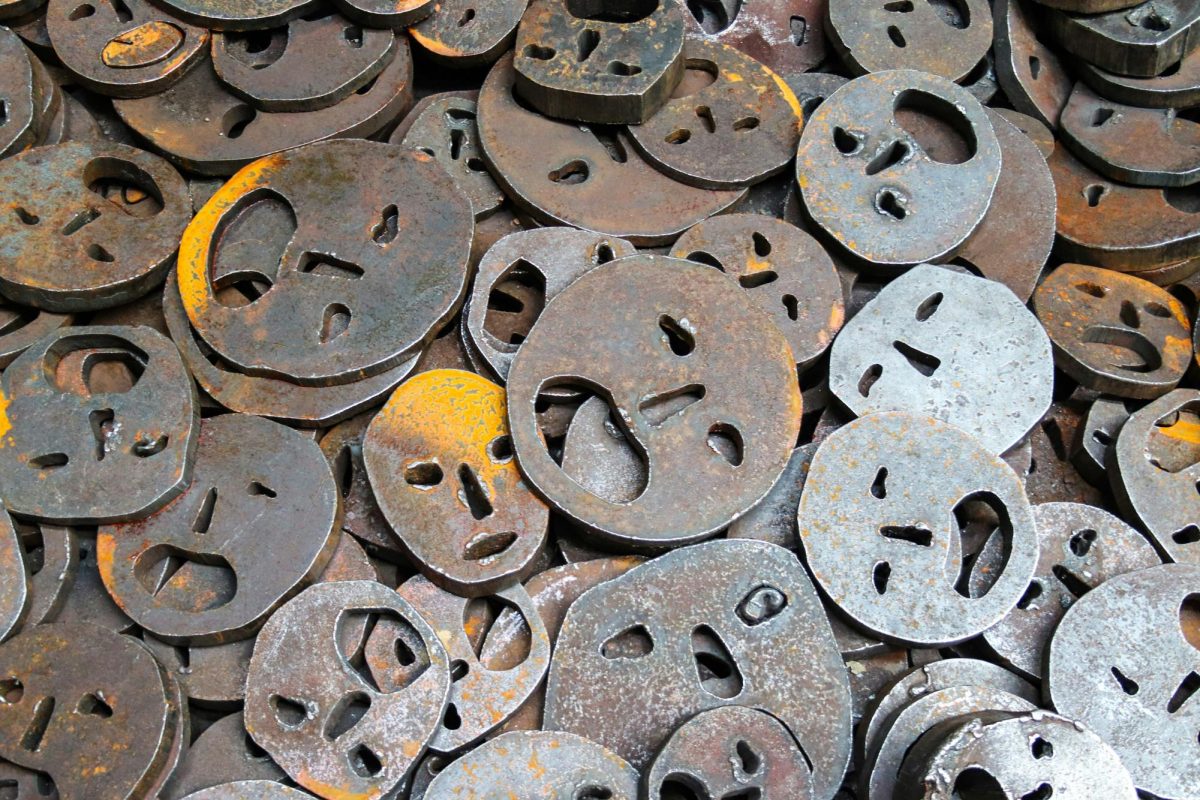Warning: This article mentions sexual violence.
Art history has long been a male-dominated narrative, often overlooking or diminishing the contributions of women. While efforts have been made to address this imbalance, many female artists remain under-recognized compared to their male counterparts.
Wendy Parker, a professor of art and visual culture, and Nancy Gebhart, an art and visual culture lecturer, are working to shed light on this issue, analyzing the systemic factors contributing to the exclusion of women from the artistic canon.
“Before there was science and before there was religion, there was art. People were making art,” Parker said, quoting from one of her art history professors, reflecting on her lifelong engagement with the subject.
Despite the historical presence of women in art, their work has frequently been dismissed or omitted from mainstream discourse.
“The people who were writing the canon, who were choosing what everybody’s going to be talking about, were ignoring women artists,” Parker said. “They weren’t even deliberately overlooked; they were just overlooked because that’s the natural thing to do.”
Linda Nochlin’s essay “Why Have There Been No Great Women Artists?” remains pivotal in understanding this erasure, according to Parker.
“She uses irony in her title, but the article itself is really honest and important,” Parker said. “The precedent hadn’t been set. Now, it has changed. Things have changed since she wrote that, and more and more great women artists have been unearthed.”
Despite increased recognition, institutional barriers continue to affect women artists.
“It’s certainly the nature of a patriarchal system that has caused that to happen,” Parker said.
She references Artemisia Gentileschi, a female artist who was raped by Agostino Tassi, another painter.
“Her father was losing money on her work because of this thing that had happened to her,” Parker said. “Her father was losing money on her work because of this thing that had happened to her.”
The trial, she adds, “was not about the violence visited on his daughter, but because it diminished the value of her work, because her reputation was tarnished.”
Economic disparities also persist, according to Gebhart.
“Women artists sell work for significantly less than men,” Gebhart said. “Even if you’re talking about secondary art markets, women artists’ work is priced lower and sells less.”
Women’s work has historically been undervalued because of this, there is a perception that it lacks long-term investment potential.
“That canon directly influences those decisions because of the perception it creates—that women can’t be successful artists or that women aren’t producing at the same level as men,” Gebhart said.
Another contributing factor is the expectation of unpaid labor, according to Gebhart.
“Women have an expectation of labor in the home—caretaking, mothering, all of those types of things that aren’t expected of men who are also artists,” Gebhart said.
The time and resources required for creative work often conflict with societal expectations.
“To be a creative, you have to have the time to do it,” Gebhart said.
Nochlin addressed this issue decades ago: “Women are often weakened by the internalized demands of the male-dominated society itself as well as by a plethora of material goods and comforts… The middle-class woman has a great deal more to lose than her chains,” she stated in her essay.
Parker considered how economic security and traditional roles can limit women’s opportunities for artistic expression.
“If a man artist posts a picture of himself with his kids in the studio, people are like, ‘Oh, that’s so great!’” Parker said. “But for women, that’s just all the time, and it doesn’t get celebrated because women are supposed to do that.”
Despite these challenges, women continue to create and contribute significantly to the art world.
“Betye Saar is an icon and certainly one that everybody should know,” Gebhart said. “Faith Ringgold, who just recently passed away, should be a household name. However, these artists still do not receive the same widespread recognition as their male counterparts.
Gebhart described an exhibit by contemporary artist Bisa Butler.
“You had to pay extra to go to the Monet exhibit, and it was wall-to-wall people,” Gebhart said. “Right down the hall was this mind-blowing exhibit by [Butler], but it was empty. That’s a microcosm of what we’re talking about here.”
The patterns of exclusion and oversight continue despite the increasing visibility of female artists, according to Parker.
“Art is not just for men of privilege or even the romantic starving artist,” Parker said. “It’s for anybody who feels compelled to make. It’s a natural extension of what it is to be a human being.”














